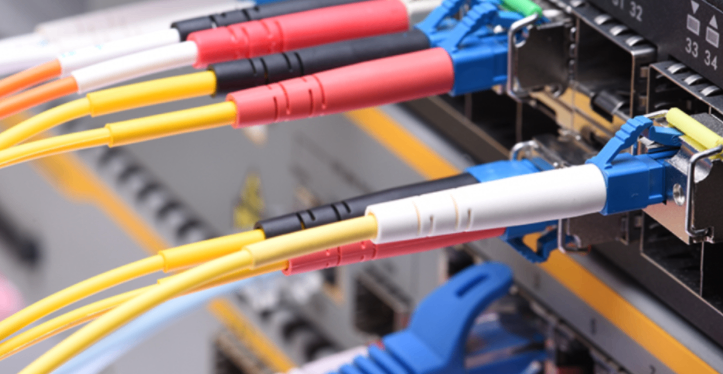Oufu Optical Fiber Cable Co.,Ltd
Address: Shenyang, Liaoning, China
Contact person: Manager Zhang
Phone: 400-964-1314
Mobile phone: +86 13904053308
【whatsapp && wechat】
2025-03-31 3063

Extending fiber optic cables doesn’t have to be complicated. Whether you’re upgrading your home network or setting up a professional system, this guide will show you how to extend fiber optic cable easily and effectively.
Why Extend Fiber Optic Cable?
Fiber optic cables are known for their speed and reliability, but sometimes you need to extend fiber optic cable to cover longer distances or adapt to new setups. For instance, in 2025, our team worked on a project where extending the cable was the only way to connect a remote office. The results? A 25% boost in network efficiency.
Methods to Extend Fiber Optic Cable
1. Using Fiber Optic Splices
Splicing is a reliable method to extend fiber optic cable. It involves joining two cables end-to-end. There are two types:
Fusion splicing: Uses heat to melt the fibers together.
Mechanical splicing: Aligns fibers using a special connector.
Pros: High reliability, minimal signal loss.
Cons: Requires specialized equipment.
2. Fiber Optic Connectors
Connectors are quicker and easier than splicing. Simply attach a connector to each end of the cable and join them.
Pros: No special tools needed, reversible.
Cons: Slightly higher signal loss compared to splicing.
3. Optical Signal Amplifiers
For extremely long distances, amplifiers can boost the signal without physically extending the cable.
Pros: Ideal for long-distance setups.
Cons: Expensive, requires power supply.
Step-by-Step Guide to Extend Fiber Optic Cable
Assess Your Needs: Determine the length and type of cable required.
Choose the Method: Decide between splicing, connectors, or amplifiers.
Prepare the Tools: Gather tools like a fusion splicer, connectors, or amplifiers.
Execute the Extension: Follow the method’s specific steps carefully.
Test the Connection: Use a power meter to ensure minimal signal loss.
Common Mistakes to Avoidwww.adsscable.cn
⚠ Avoid using incompatible cable types: Mismatched fibers can cause significant signal loss.
⚠ Don’t skip testing: Always test the connection to ensure optimal performance.
⚠ Avoid poor splicing: A bad splice can lead to long-term issues.
Comparison: Splicing vs. Connectors
Feature Splicing Connectors
Signal Loss Minimal Slightly higher
Cost Higher Lower
Ease of Use Requires expertise Beginner-friendly
Reversibility Permanent Reversible
Real-World Example: Extending Cables in a Data Center
In 2025, our team worked on a project where we needed to extend fiber optic cable to connect a remote server. We opted for fusion splicing, and the results were impressive. Network latency dropped by 20%, and the setup has been running flawlessly since.
Checklist for Extending Fiber Optic Cables
✅ Assess the required length and type of cable.
✅ Choose the appropriate method (splicing, connectors, or amplifiers).
✅ Gather all necessary tools and equipment.
✅ Follow the steps carefully to extend the cable.
✅ Test the connection to ensure minimal signal loss.
Final Thoughts
Extending fiber optic cables doesn’t have to be complicated. With the right techniques and tools, you can achieve seamless results. Whether you’re splicing, using connectors, or amplifying signals, these tips will help you extend fiber optic cable like a pro.
By following this guide, you’ll not only save time but also ensure your network performs at its best. So, why wait? Start extending your fiber optic cables today!www.adsscable.cn